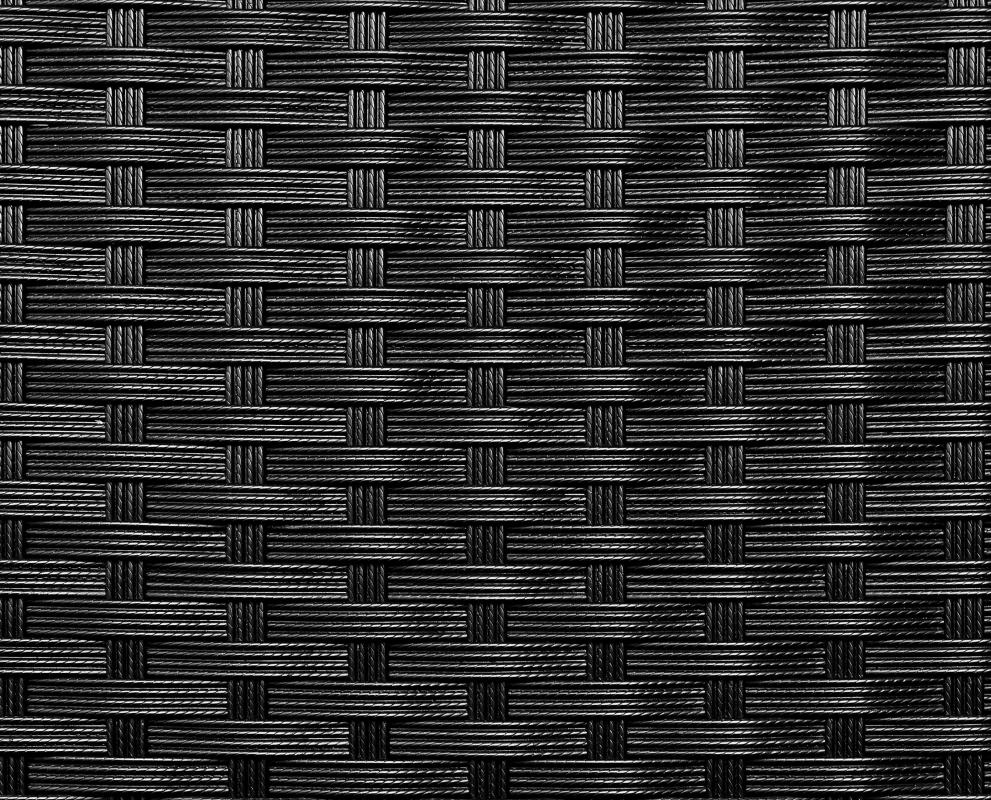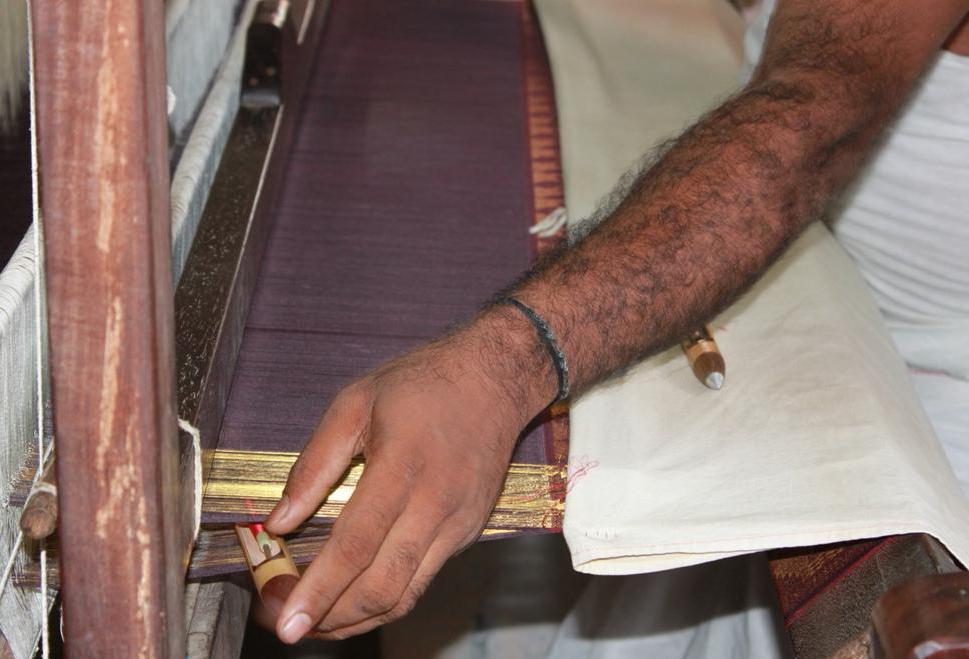At HomeQuestionsAnswered, we're committed to delivering accurate, trustworthy information. Our expert-authored content is rigorously fact-checked and sourced from credible authorities. Discover how we uphold the highest standards in providing you with reliable knowledge.
What is Weaving?
Weaving is the interlacing of two or more threads or pieces of material in order to create a joined structure. While it is most often used to make cloth, the technique is also common in other crafts such as basket-making. Weaving has existed for thousands of years, and remains as popular and useful in the modern world as it did in ancient civilizations.
In ancient Greek mythology, weaving was invented by the goddess Minerva, who once turned a maiden into a spider for boasting about her weaving skill. Throughout history, weavers have been highly regarded artisans, as their work provided a large amount of the available fabric and cloth for clothing. Some techniques have also long been popular for creating items such as baskets, mats, and rugs out of straw or reeds. The strength of material joined through weaving is sturdy and hard-wearing, and can be adapted for many different needs.

The basic principle of cloth weaving involves lacing two sets of threads together at 90 degree angles. The warp consists of thread laid parallel to one another, stretched across a loom or other structure that keeps it in place. The woof or weft is then pulled through the warp in an under and over pattern, creating a single joined piece of fabric when completed.

A loom is the most necessary piece of equipment for weaving. This structure is a frame that holds the warp tight and helps pull the woof or weft thread through. Early versions of the loom can be seen in paintings more than 4000 years old, though not until the Industrial Revolution did the loom become mechanized and mass-produceable. The flying shuttle, developed in the early 18th century by British inventor John Kay, allowed weavers to work quickly on large looms without an apprentice to pull the weft thread through the warp. In the 20th century, mechanical looms became prevalent for mass production, making hand weaving almost obsolete for trade.

Since the development of mechanical looms, the once vital profession has become a popular home craft. Beautiful designs, tweed and plaid fabrics, and even traditional tartan fabrics from the British Isles can still be created by experts using hand looms. This painstaking crafts requires time and talent to master, and is often highly regarded as a boutique craft.

Information and supplies for weaving may be available at local sewing and fabric stores. In addition to carrying books and possible patterns, many fabric stores may carry basic hand looms and appropriate threads and yarns for the novice weaver. Check community colleges, local craft centers, and yarn or fabric stores to see if classes on weaving are available for beginners. This beautiful craft boasts a history as old as human civilization, and may be a worthy hobby for those already proficient in knitting, sewing, or crochet.
AS FEATURED ON:
AS FEATURED ON:















Discussion Comments
weaving is really interesting. i would like to learn it though. i am just reading through this to understand what it is all about.
Post your comments